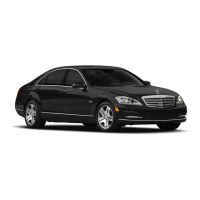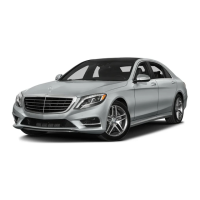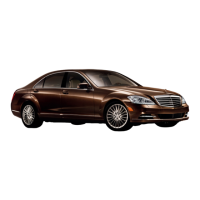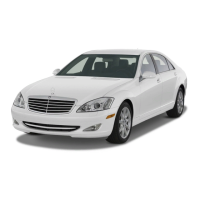these areinstalled on thevehicle, but does not
include passengersorluggage.
Maximum tireload: themaximum tireload is
themaximum permissible weight in kilograms or
lbs forwhich atireisapproved.
Maximum permissible tirepressure: maxi‐
mum permissible tirepressurefor one tire.
Maximum load on one tire: maximum loadon
one tire. This is calculated by dividing themaxi‐
mum axle load of one axle by two.
PSI (pounds per squareinch): standardunit of
measurementfor tirepressure.
Aspect ratio: ratio betweentire height and tire
widthinpercent.
Tirepressure: pressureinside thetireapplying
an outwardforce to every squareinchofthe tire.
The tirepressureisspecified in pounds per
squareinch(psi), in kilopascals (kPa) or in bar.
The tirepressureshould onlybecorrected when
thetires arecold.
Cold tirepressure: thetires arecold when the
vehicle has been parkedfor at least3hours
without direct sunlight on thetires or thevehicle
has been driven forless than 1mile (1.6 km).
Tire contact surface: thepartofthe tirethat
comes intocontact with theroad.
Tire bead: thepurpose of thetirebead is to
ensurethat thetiresits securelyonthe wheel
rim. Thereare severalwirecores in thetirebead
to prevent thetirefromchanging lengthonthe
wheelrim.
Sidewall: thepartofthe tirebetween thetread
and thetirebead.
Weight of optionalequipment: thecombined
weight of theoptional equipment weighingmore
than thereplaced standardparts and morethan
5lbs (2.3kg).This optional equipment, suchas
high-performancebrakes, levelcontrol system, a
roof luggagerackorhigh-performancebatteries,
is notincluded in thecurb weight and theweight
of theaccessories.
TIN (TireIdentification Number): aunique
identification number whichcan be used by a
tiremanufacturertoidentify tires, forexample,
in aproductrecall, and thus identifythe pur‐
chasers. The TIN is made up of themanufactur‐
er's identitycode, tiresize, tiretype code and
themanufacturing date.
Load-bearing index: theload-bearing indexisa
code that contains themaximum load-bearing
capacity of atire.
Traction: traction is thegripresulting from fric‐
tion between thetires and theroad surface.
Wear indicator: narrow bars(tread wear bars)
that aredistributed overthe tirecontact surface.
If thetiretread is levelwiththe bars, thewear
limit of 1/16in(1.6mm) has been reached.
Distribution of vehicleoccupants: distribution
of vehicle occupants over designated seat posi‐
tionsinavehicle.
Maximum permissible payload weight: nomi‐
nal load and luggageload plus 150lb(68 kg)
multipliedbythe number of seats in thevehicle.
466
Wheels and tires
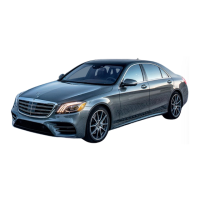
